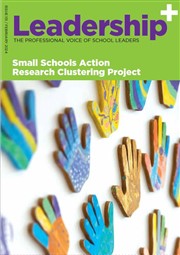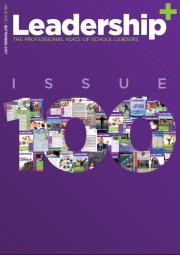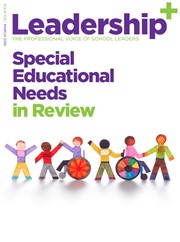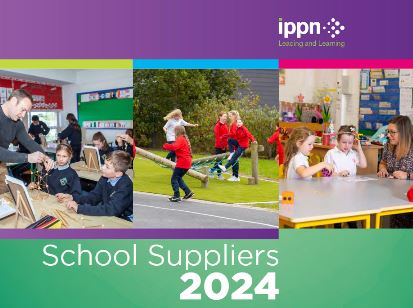E-scéal 231 - SEN News, INTO Meeting & Student Transfer Form
- Published: 06 May 2010
Representatives of IPPN recently met with officials from Special Education in the DES to discuss a number of issues.
General Allocation Model (GAM)
A review of GAM was carried out by the DES in 2008. IPPN made a submission based on feedback from Principals countrywide. This review is now complete and awaiting publication. The DES is not in a position to reveal when the final report will be made public or if the current ratios are to be altered to reflect the changing circumstances in schools. The original allocations were made at the beginning of the 2005/06 school year based on enrolment figures for 2003/04. In the intervening years many schools have substantially increased enrolments with greater numbers of low and high incidence pupils per year. It is clear that the present ratios will not be sufficient to enable schools to meet all the needs of their pupils.
IPPN made it clear that the spreading of resources even more thinly across the board is in effect a cut in Special Education resources. Principals expect the review to be made public and decisions made that reflect the current real situation in schools.
Clustering
At present, some Principals are involved in multiple clusters and face the difficulty of managing a number of visiting teachers even though their own school has enough hours for a full-time post.
The DES view is that clusters currently in operation are largely dictated by historical arrangements and would be extremely difficult to dismantle. In recognising the need to look at clusters again, the DES invited IPPN to put forward suggestions as to how improvements can be made.
SNA Review
NCSE outlined the review of SNA support in schools at a recent meeting. The review indicates a net loss of 295 posts overall. In total 1,257 SNAs were withdrawn, 723 because the pupil was leaving and 534 because of pupils’ diminished needs, 962 SNAs were allocated to new pupils. Of all the schools reviewed 1,502 had no change in their allocation, 832 schools suffered a decrease and 579 were granted an increase.
There is now the right of appeal against the decision of a SENO but only to ascertain if the correct criteria and process were used in reaching a final decision. If new information is submitted, it will be treated as a new application and should be submitted to the SENO.
INTO
IPPN met with the INTO recently. The meeting focused on the need for clarity on work-to-rule directives and their impact on Principals. Both groups agreed to meet again in light of the on-going uncertainties.
Standard Student Transfer Form
IPPN has redesigned the Standard Student Transfer Form. This form captures the key information that is relevant when a pupil transfers from primary to post-primary school. The form can also be used when a pupil transfers from one primary school to another. The main benefit of the Standard Pupil Transfer Form is that it clarifies the priority information that should be sent to the student’s new school. The transfer form has been developed in consultation with the DES Inspectorate, the NCCA and the National Association for Principals and Deputy Principals. The use of this standardised form, benefits the ‘receiving’ post primary school with greater consistency and objectivity in what and how information is transferred. Also, important information about a child’s SEN requirements is included, as this is vital for staff planning in the receiving school. The form helps avoid duplication as in the case of 6th class pupils, it also serves as the final end of year/school report to parents.
Is sinne le meas
Pat Goff, Seán Cottrell
Click here to download the Standard Student Transfer Form



















































